In the same section
- Home
- Units
- Automatic Mesh Generation & Advanced Methods (GAMMA3)
- Research topics
- Meshing methodologies
Meshing methodologies
-
Anisotropic triangulations with high metric variation.
In this context, the usual methods of inserting a point in a triangulation are not usable.
-
Constrained triangulations (boundary forcing) in the presence of scale shocks.
This problem is the recurrent blocking point, especially in the case of large size shocks ("sandwich" effect).
-
Isotropic and anisotropic meshing in three dimensions according to a combined frontal-Delaunay approach.
Existing in two dimensions, we propose to extend this method to three dimensions.
-
Boundary layers with high stretching rates.
The hard problem is the definition of local extrusion directions in areas of high geometric curvature.
-
Local re-meshing by a global approach in three dimensions.
The objective here is to adapt the point insertion process in order to build a refinement or de-refinement method, or even a local optimization method, more powerful than the existing dedicated methods.
-
The re-meshing of mobile and deformable domains in three dimensions.
This research opens the way to a very large number of applications in various disciplines that are not currently well covered.
-
Meshing of parametric surfaces with high metric variation (in tangent planes).
Current methods based on an indirect approach are indeed imperfect in this case (the image of a segment of the parametric domain is a strongly curved segment on the surface).
-
Reconstruction of geometric models for discrete surfaces with the application.
To re-meshing, shape optimization, deformation and topology change (cracking) and morphing (continuous transition from one state to another of a surface and its mesh).
-
The mobile mesh with variable topology.
We are thinking here of contact problems between several moving objects whose global surface has a topology that varies over time.
-
The generation of high-order meshes.
It should be noted that some of the above points are addressed by other teams, at least in relatively simple cases or on an ad hoc manner (depending on the targeted application or a given geometry). On the other hand, other aspects are very little worked on: let us think here, simply and without going further, about the automatic generation of strongly anisotropic meshes in three dimensions.
Today, we perform calculations, for example in fluid mechanics, with a few (up to 50) million elements. It is necessary to be able to handle cases of 500 million or more in order to respect a complex geometry and/or to capture all the underlying physical phenomena whose scales vary greatly (turbulent flows, safety calculations of large systems). For the simulation of the behavior of nanostructures or meso-structures in a heterogeneous environment, cases of the order of a billion elements must be considered. This requires the study and development of methods that make the best use of the possibilities of computer architectures as well as methods for generating meshes in parallel, notably via domain decomposition techniques:
-
A priori and a posteriori domain decomposition.
The objective here is to develop new methods based on specific paths per neighborhood of the calculationl domain.
-
Laguerre diagram and Voronoi diagram of spheres.
This particular decomposition applies to granular structures and is built by an original approach based on the topological modification of a triangulation.
-
A memory management algorithm (various renumberings).
This step is necessary before any processing of the mesh using local operators (for example, for operators that have to look at the neighborhoods of a given entity). It is also useful when parallel and/or multi-core calculations are considered.
-
A fine use of multi-core architectures.
We look here at how to take advantage of these architectures by adapting the codes (as little as possible).
-
Use of massively parallel machines to handle large and/or unsteady problems.
-
Parallelization of mesh generation processes (versus parallelization of a mesh generator) in the global logic of a calculation.
The idea is to rely on an intrinsically serial mesh generator (even if it has multi-core parts) used in a global parallel process.


